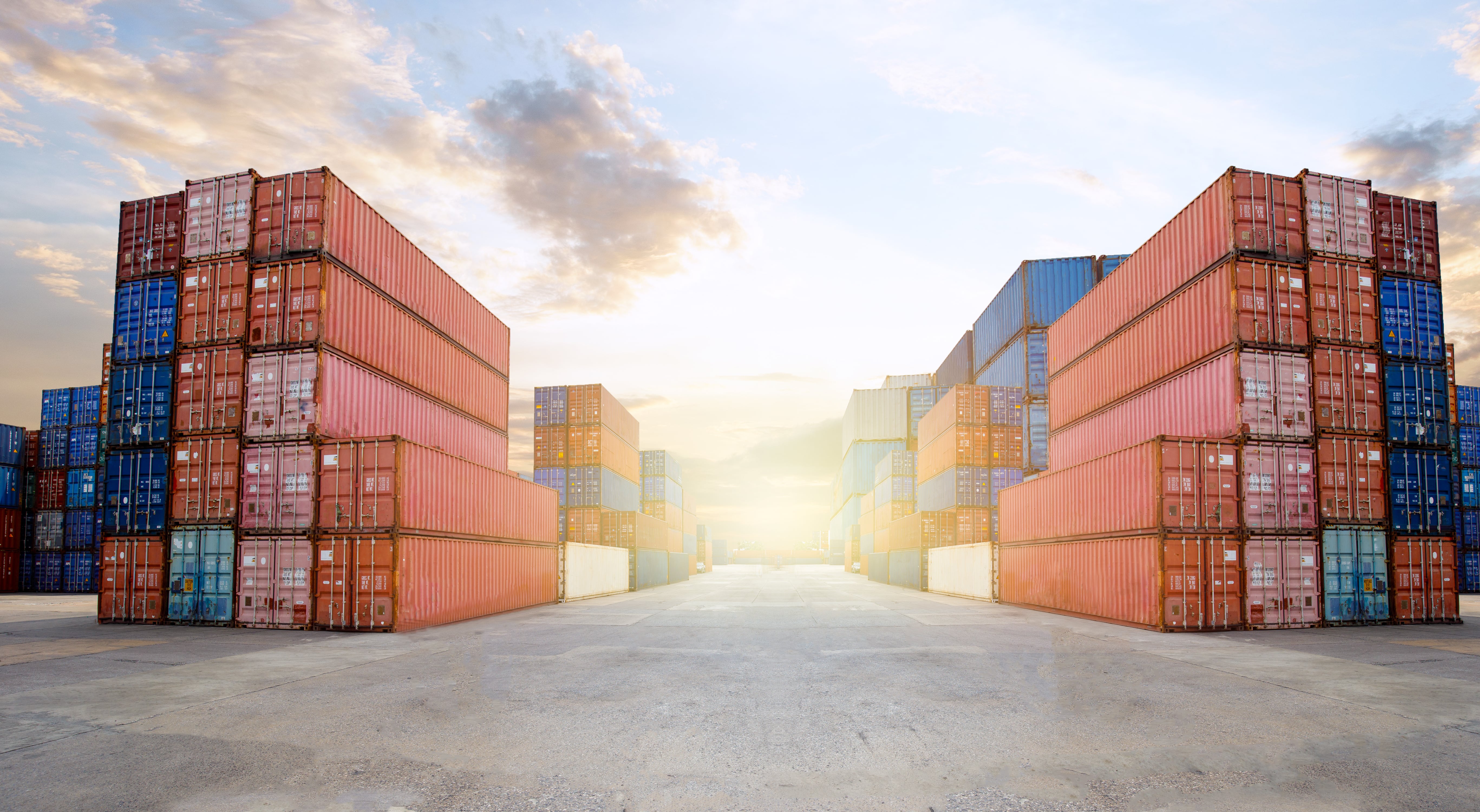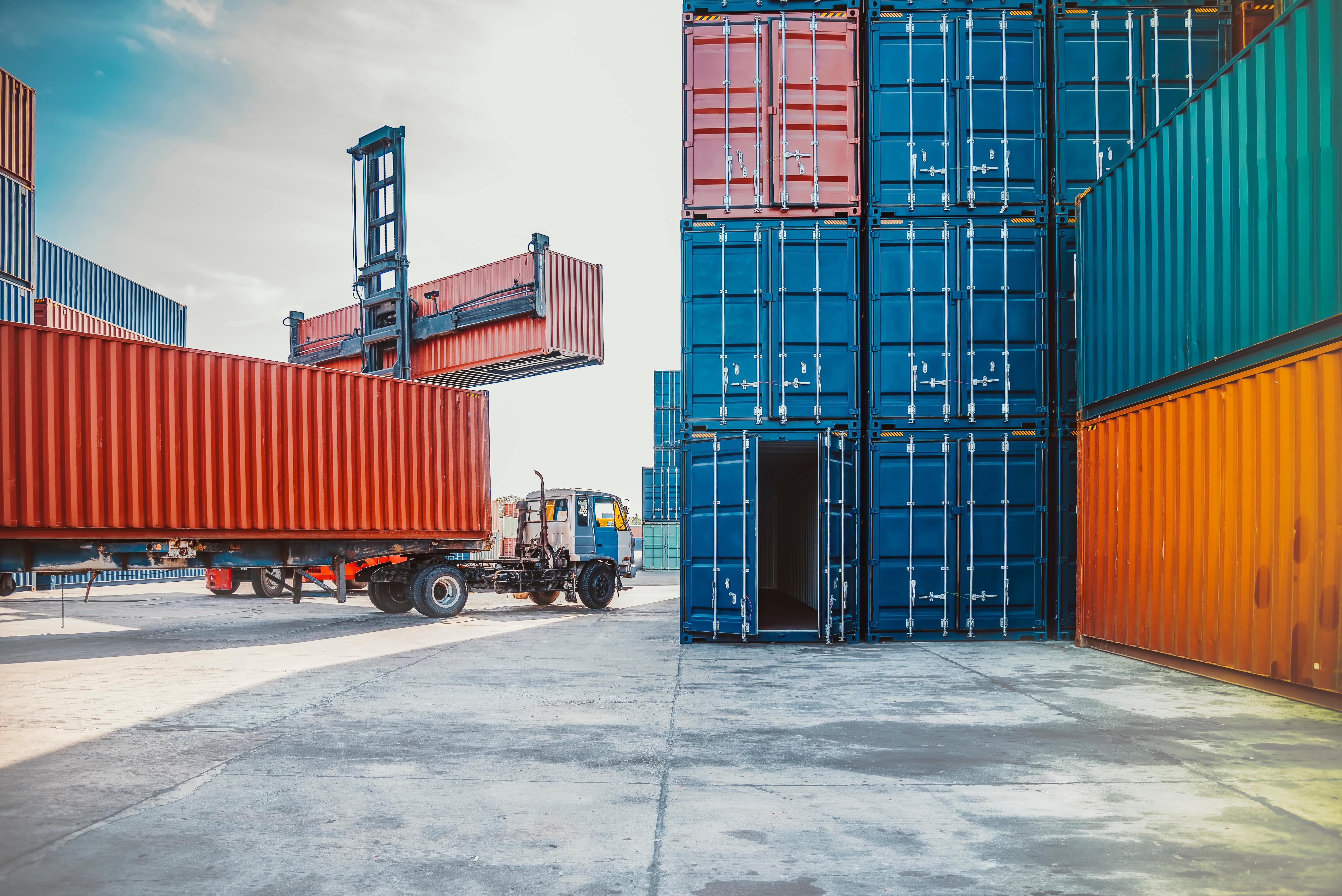Types of Drayage
While drayage is typically done from port with a truck, there are still a few varieties of drayage. These are the most common types of drayage:
- 1. Port Drayage
Port drayage involves transporting shipping containers a short-distance between ports and nearby facilities, such as rail terminals or warehouses. This type of drayage clears port congestion and helps make sure that containers are quickly moved from dockside to their next mode of transport. It’s commonly used in international trade to transfer goods from ships to inland distribution networks.
- 2. Rail Drayage
Rail drayage is about moving freight between rail terminals and other logistics hubs. This service matters for intermodal transportation, where cargo is transferred between trucks and trains for long-haul shipping. Drayage helps get the freight between hubs efficiently.
- 3. Inter-Carrier Drayage
Inter-carrier drayage involves transporting goods between different carriers, such as moving containers from a rail terminal to a trucking company’s facility. This type of drayage keeps the transition between different modes of transport smooth to help minimize delays and improve supply chain operations.
- 4. Intra-Carrier Drayage
Intra-carrier drayage refers to the movement of freight within the same carrier’s network. For example, a logistics provider might transfer a container between its own rail yard and a storage facility. This type of drayage helps simplify operations within a single company’s supply chain, which can often be easier and more affordable.
- 5. Shuttle Drayage
Shuttle drayage is used when there is congestion at a port or rail terminal, and containers need to be temporarily relocated to a storage facility until they can be processed. This service helps prevent bottlenecks in busy shipping hubs by providing temporary relief for high-traffic areas. The cargo will then be moved with one of the other types of drayage when it’s time to relocate it to its storage facility.
- 6. Expedited Drayage
Expedited drayage involves moving time-sensitive shipments that require urgent delivery as quickly as possible. It’s often used for high-priority cargo that must reach its destination quickly, like perishable goods or just-in-time inventory. Expedited drayage services typically use dedicated trucks that are ready to go.
Each type of drayage serves a specific purpose in the logistics chain, helping shipping businesses move freight efficiently across different transportation networks and get products to their clients.
History of Drayage
Drayage gets its name from its origins: horse-drawn wagons. In the 1800s, a horse-drawn cart was called a “dray,” and they were used to transport goods over a short distance. Usually, these wagons brought shipments from ocean ports to railroads or canal terminals where they could be transported long distances. This drayage method was used throughout the 1800s until trucks took over in the 1900s.



